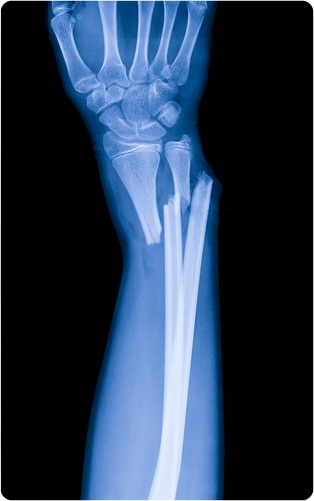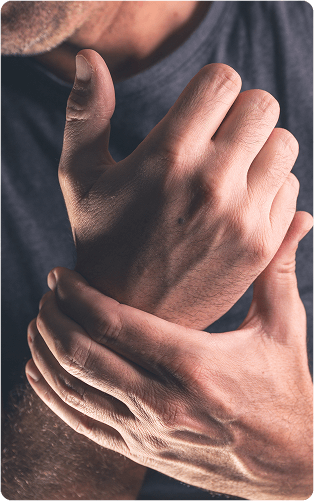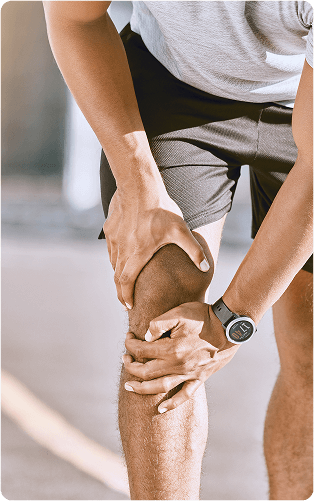Solution Area
A Smarter Path to Understanding in
Workers’ Compensation Claims
The Hidden Complexity of Workers’ Compensation
How CDI Medical Canvassing Helps
CDI’s Medical Canvassing offers a proactive and strategic solution to fill in the blanks and surface essential facts.
Strategic Medical Canvassing that Empowers Claims Teams
We identify undisclosed or previously unreported medical treatments, providers, and conditions through a targeted, geographically based outreach, giving claims professionals a more holistic view of a claimant’s medical journey.
Our canvassing equips insurers and law firms with the tools to validate claims, detect discrepancies, and manage costs. Whether you’re evaluating a recent injury or reassessing long-term disability, our reports support clear, defensible decisions.
Why It Matters
Accurate medical histories are the foundation of sound claims decisions. Medical canvassing allows you to:

Reveal Undisclosed Details that could change the nature or value of a claim

Verify the Validity of Reported Injuries and timelines

Improve the Accuracy of Claims Handling by reducing assumptions and reliance on incomplete data
Streamline the Review Process with actionable insights delivered in as little as 3–5 days
Common Injury in Workers’ Compensation
Understanding the most frequent injury types helps direct canvassing efforts to the right providers. Workers’ compensation claims often involve:

Sprains and Strains
from lifting, repetitive motion, or overexertion

Back Injuries
such as herniated discs or muscle tears

Fractures
slips, falls, or machinery accidents

Carpal Tunnel Syndrome
from repetitive hand movements

Knee Injuries
due to excessive bending, falls, or trauma

Cuts and Lacerations
in industrial or high-risk settings

Head Injuries
including concussions and blunt trauma

Burns
from chemical or thermal exposure

Psychological Injuries
like anxiety, PTSD, or stress-related disorders

The Right Providers, The Right Questions
- Orthopedic Surgeons for fractures, musculoskeletal injuries, and joint trauma
- Physical Therapists for rehab following strains, sprains, or repetitive injuries
- Chiropractors for soft tissue and spinal conditions
- Neurologists for head trauma and nerve-related complications
- Pain Management Specialists for chronic or unresolved injury-related pain
- Occupational Medicine Specialists for workplace-specific injuries
- Hand and Upper Extremity Experts for carpal tunnel and repetitive motion disorders
- Psychiatrists and Psychologists for mental health conditions tied to workplace events
- Burn Specialists for severe thermal or chemical burns
- Emergency Room Physicians for initial trauma assessments following onsite accidents
A Scalable,
Predictable Process
CDI’s canvassing is designed for consistency. Every request follows a clear path: verifying demographics, selecting the appropriate providers based on injury type, contacting facilities, conducting a thorough quality check, and delivering a report that’s easy to interpret and ready for action. This repeatable structure ensures that every claim—no matter how complex—is met with clarity, speed, and confidence.
Get Ahead of the Unknown
In workers' compensation, not knowing can be costly. CDI’s Medical Canvassing turns uncertainty into insight. With comprehensive data, verified treatment histories, and an expert-guided process, you can focus on what matters most: fair resolutions, lower risk, and stronger claims outcomes.
